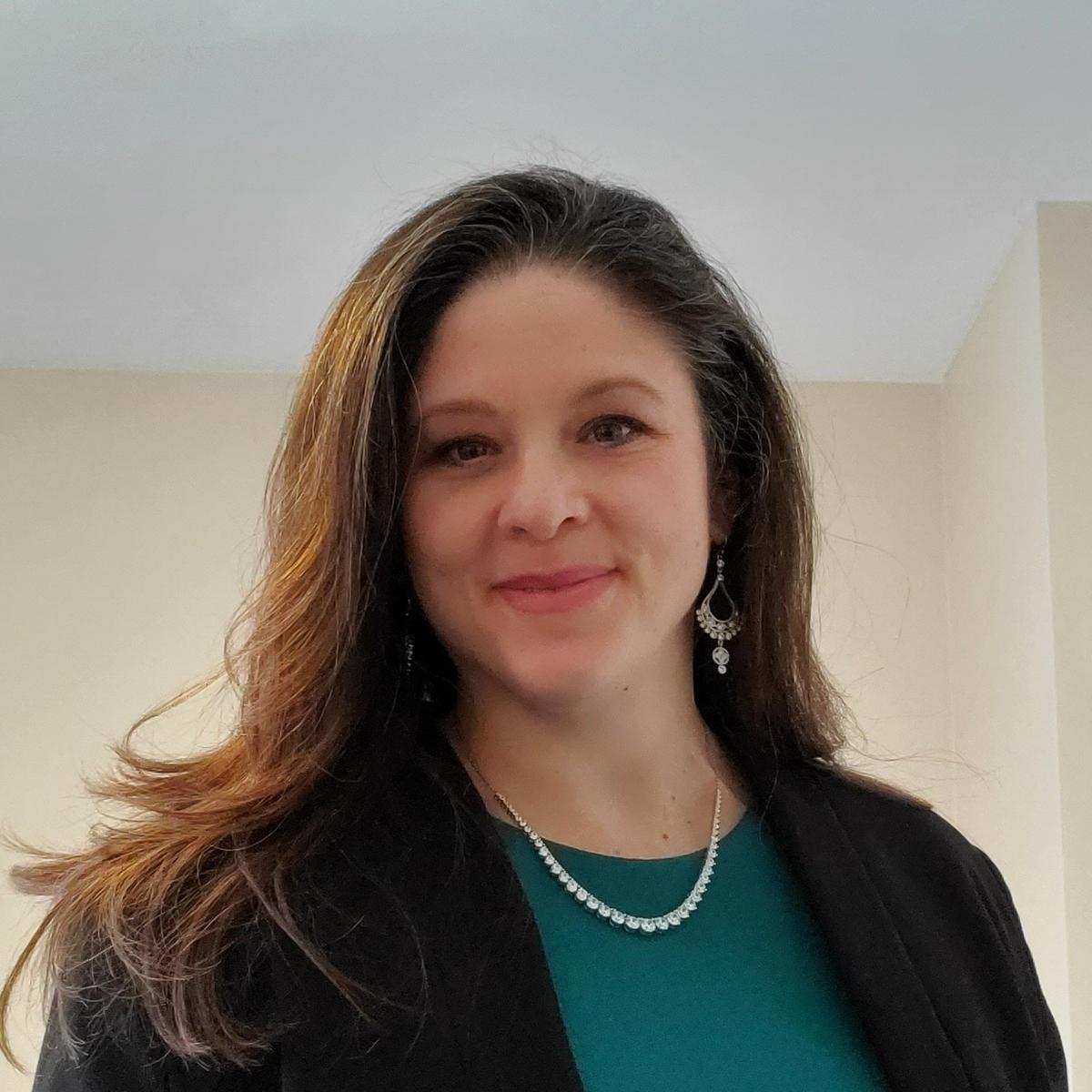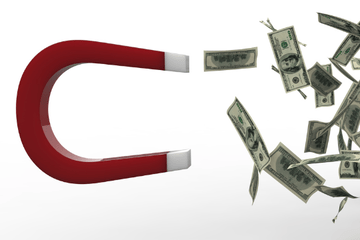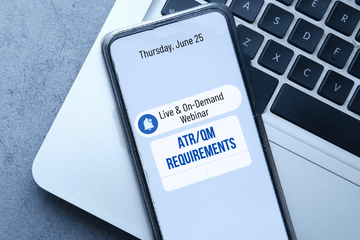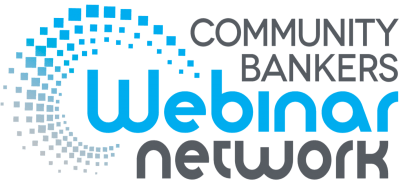Why Is That Revolving Line of Credit Not Revolving?
On-Demand Webinar
StreamedMar 12, 2024Duration90 minutes
- Unlimited & shareable access starting two business days after live stream
- Available on desktop, mobile & tablet devices 24/7
- Take-away toolkit
- Ability to download webinar video
- Presenter's contact info for questions
Is a revolving line of credit (LOC) meant to be static or dynamic?
What should happen if a
borrower’s short-term LOC becomes permanent working capital? Do you understand
the asset conversion cycle? Join this insightful webinar to learn the answers
to these questions and even more about revolving LOCs for commercial borrowers.
AFTER THIS
WEBINAR YOU’LL BE ABLE TO:
- Educate borrowers on the proper use of a line of credit
- Determine the proper amount of a line of credit
- Understand what causes a line of credit to become permanent working capital
- Analyze the asset conversion cycle to determine the impact on borrowings under the line of credit and to properly structure credit facilities
- Identify how much of the line of credit should be converted to a term loan at maturity
WEBINAR DETAILS
How many times have you made available a revolving line of credit for commercial borrowers who
borrow up to the maximum credit limit and keep the balance at that point all
year? When this occurs, it is often referred to as an “evergreen,” “floored-in,”
or “permanent” line of credit – and often frustrates lenders.
To be repaid, financial institutions must convert
all or a portion of the LOC into a term loan. LOCs should be used to fund short-term
obligations, such as payments to suppliers, payroll, taxes, and other immediate
operational needs until the current assets are converted to cash. The
conversion of assets to cash, known as the asset
conversion cycle or the operating cycle, is key to understanding why that
revolving line of credit is not revolving.
This session will examine in detail what causes a
borrower’s short-term line of credit to become permanent working capital - whether
intentional or unintentional. The presentation will distinguish between the two
and provide a deeper understanding of the impact and interrelationship of
sales, current assets, profits, cash flow, and creditors on the line of credit.
TAKE-AWAY TOOLKIT
- List of reasons why revolving lines of credit stop revolving
- Formula to determine the proper amount to offer under a line of credit
- Employee training log
- Interactive quiz
- PDF of slides and speaker’s contact info for follow-up questions
- Attendance certificate provided to self-report CE credits
NOTE: All materials are subject to copyright. Transmission, retransmission,
or republishing of any webinar to other institutions or those not employed by
your institution is prohibited. Print materials may be copied for eligible
participants only.
Presented By

Bankers Insight Group, LLC
Other Webinars That Might Interest You

Maximizing Recoveries on Charged-Off Loans
by David A. Reed

Loan Documentation for All Legal Entities
by Shelli Clarkston

Job-Specific BSA Training for Lenders
by Mary-Lou Heighes

The Top 10 Credit Risks in Agricultural Lending
by Robert L. Viering

2024 HMDA Submission Due March 1, 2025: Updates, Challenges & Real-Life Examples
by Susan Costonis

20 Common Mistakes in Consumer Collections
by Shelli Clarkston

TRID: Changed Circumstances & Revised Loan Estimates
by Molly Stull

Using Data to Enhance Accountholder Relationships
by Tim Dively

Decoding ATR/QM Requirements: Ensuring Your Documentation Is Squared Away
by Carl Pry

Military Lending Act & Servicemembers Civil Relief Act
by Shelli Clarkston
© 2026 FINANCIAL EDUCATION & DEVELOPMENT, INC


